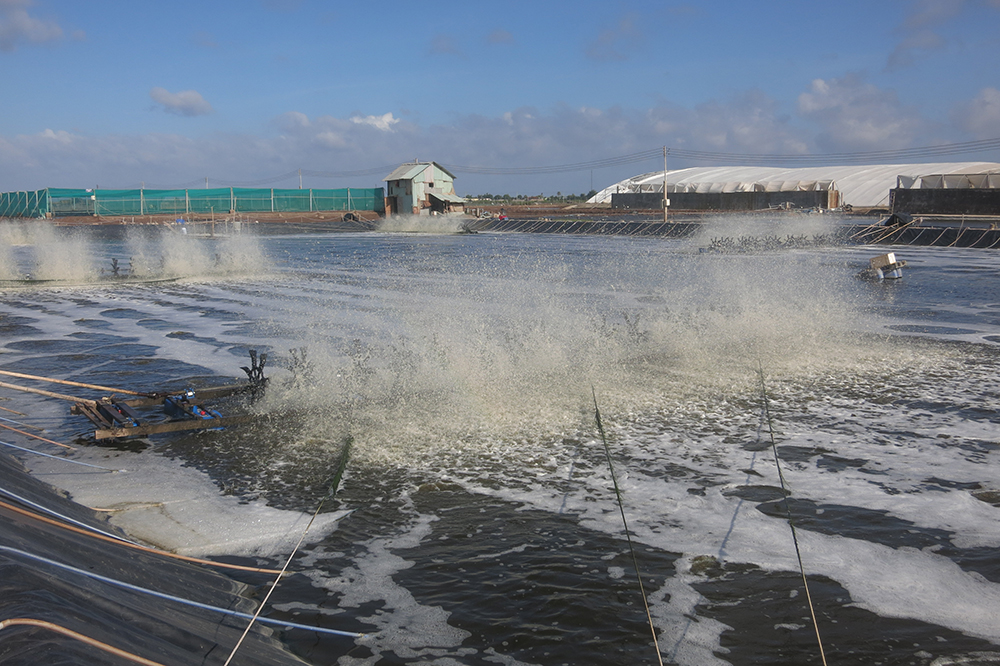
Before I go into detail of those bacteria, let me give a short brief introduction of nitrogen cycle and water nitrification.
One of the most important aspects of successful aquarium keeping is biological filtration and its function in the nitrogen cycle.
Ammonification ——>Nitrification———> Denitrification.
Ammonification. While traveling through sewer pipes, the majority of the nitrogen contained in raw sewage (urea and fecal material) is converted from organic nitrogen to ammonia through a process called hydrolysis, accomplished by putrefying bacteria and fungus. Technically, in the majority of situations, more ammonium than ammonia is created during ammonification.The actual ratio is influenced by pH and temperature.
Nitrification. The biological conversion of ammonium to nitrate nitrogen is called Nitrification. Nitrification is a two-step process. Bacteria known as Nitrosomonas convert ammonia and ammonium to nitrite. {2NH3 +3 O2 → 2HNO2 +2 H2O +158 kcal (660kJ). }
Next, bacteria called Nitrobacter finish the conversion of nitrite to nitrate. The reactions are generally coupled and proceed rapidly to the nitrate form; therefore, nitrite levels at any given time are usually low. {HNO2 + 1/2 O2 = HNO3 – ⊿ G = 18 kcal. }
As we can see the above chemical equation, These bacteria known as “nitrifiers” are strict “aerobes,” meaning they must have free dissolved oxygen to perform their work. Nitrification occurs only under aerobic conditions at dissolved oxygen levels of 1.0 mg/L or more.
These two types of bacteria obtain the energy from the above oxidation process, but the energy utilization is not high, resulting in slow reproduction time. (i.e more than 10 hours) Today, people have not yet found a nitrification bacteria are able to directly convert the ammonia into nitrate, so to say, nitrification can only be completed by the combined effect of these two types of bacteria. We knew that the ammonia is harmful to human and fish, How about nitrite? Nitrite poisoning inhibits the uptake of oxygen by red blood cells – known as brown blood, eventually cause severe dealth in fresh water fish. Besides, nitrite can react with metal ions forming salt, and this salt tends to combine with amines, eventually forming a substance with strong carcinogenic effect- alkylene nitramine. Understanding the lethal effect of ammonia and nitrite residue, we have to manipulate the effectiveness of those beneficial bacteria, which in turn increases the efficiency of the nitrogen cycle.
Nitrosomanas
Nitrobacter
Role of nitrifying bacteria in Agriculture
However, while in the soil, the nitrite is easy to form nitrates, which can be absorbed directly by plants use nutrients. The nitrifying bacteria will create a acidic condition in which enhance the availability and absorption of phosphate mineral, and neutralize alkaline soil to get a certain degree of PH improvement.
So, nitrifying bacteria are a close friend with and human. Agriculture through deep plowing (aereration), improve bacterial viability, thereby increasing soil fertility.
Role of nitrifying bacteria in Aquaculture?
Nitrifying bacteria highly demand oxygen to survive, they love to stay in a variety of fiber cotton, glass rings (silicone made), ceramic microporous filter, where they will get a higher concentration of oxygen exchange. Here is a very important key note for those want to begin their aquaculture farming. The presence of toxic substances in the breeding pool, mainly ammonia and nitrous acid (nitrite), but thank God that this two toxic substances consumed by nitrifying bacteria, and generates a non-toxic nitrate, nitric acid where these substances can directly absorbed by water algae and plankton.
From the ecological point of view of the water, we cannot prevent the ammonia generated, the more the loading of organic food, the more ammonia generated. But you can try to increase the number of nitrifying bacteria to consume the increasing ammonia in the water. Many people disregard the importance the issue, thinking that the more input of the food, the more fast growing of the fish, eventually resulting in losing tones of money.
So, what should we do to improve the number of nitrifying bacteria?
The first thing is we must get nitrifying bacteria a fundamental living bed. Nitrifying bacteria tends to be attached to porous surface fixture, if placed in the pool water for its attachment, it can be quickly attached to the fixture surface and begin to proliferate. They are largely non-motile and must colonize a surface (gravel, sand, synthetic biomedia, etc.) for optimum growth. They secrete a sticky slime matrix which they use to attach themselves.
However, the placement of the fixtures in the pool water is usually not feasible, the reason is that this way may hinder the activities of the fish and is not conducive to fishing pond. More feasible approach is to place a bio ball in a external filtration system, act as breeding bed for nitrifying bacteria.
Denitrification. The biological reduction of nitrate (NO3) to nitrogen gas (N2) by facultative heterotrophic bacteria is called Denitrification. “Heterotrophic” bacteria need a carbon source as food to live. “Facultative” bacteria can get their oxygen by taking dissolved oxygen out of the water or by taking it off of nitrate molecules.
Source: Jay tk



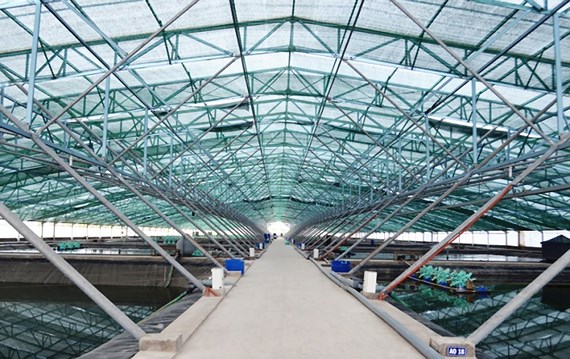
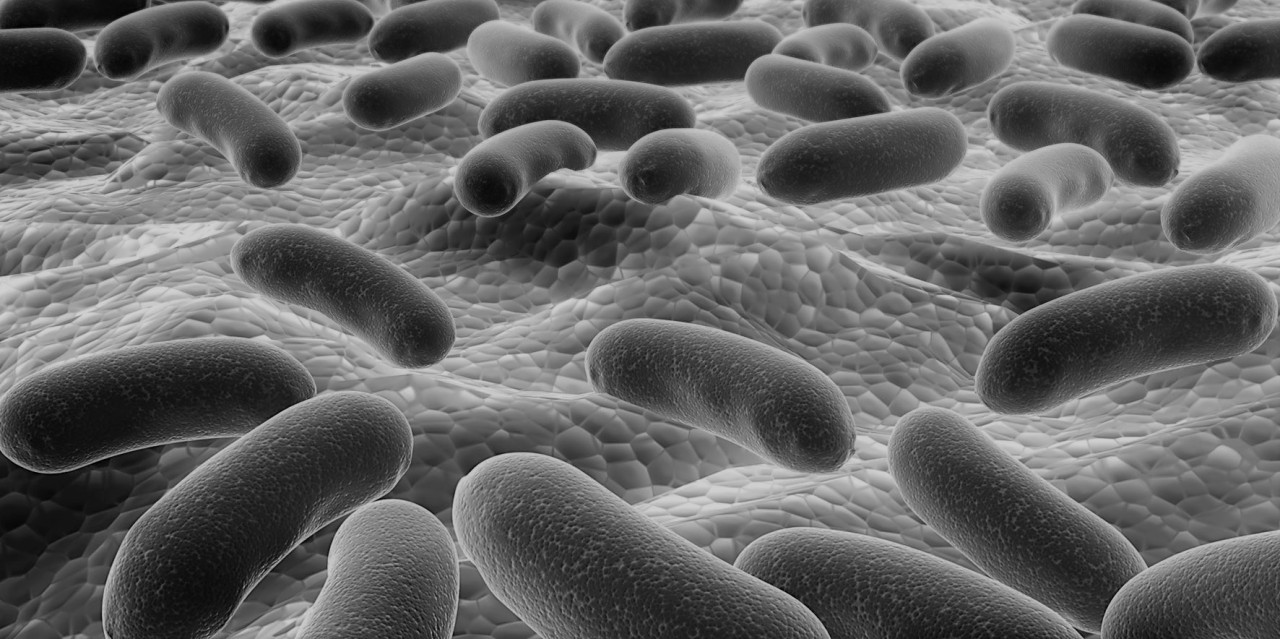


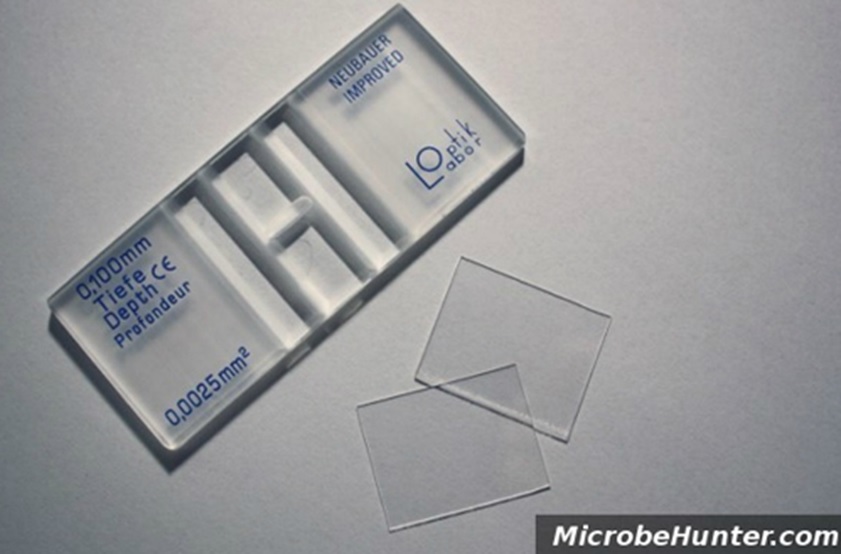


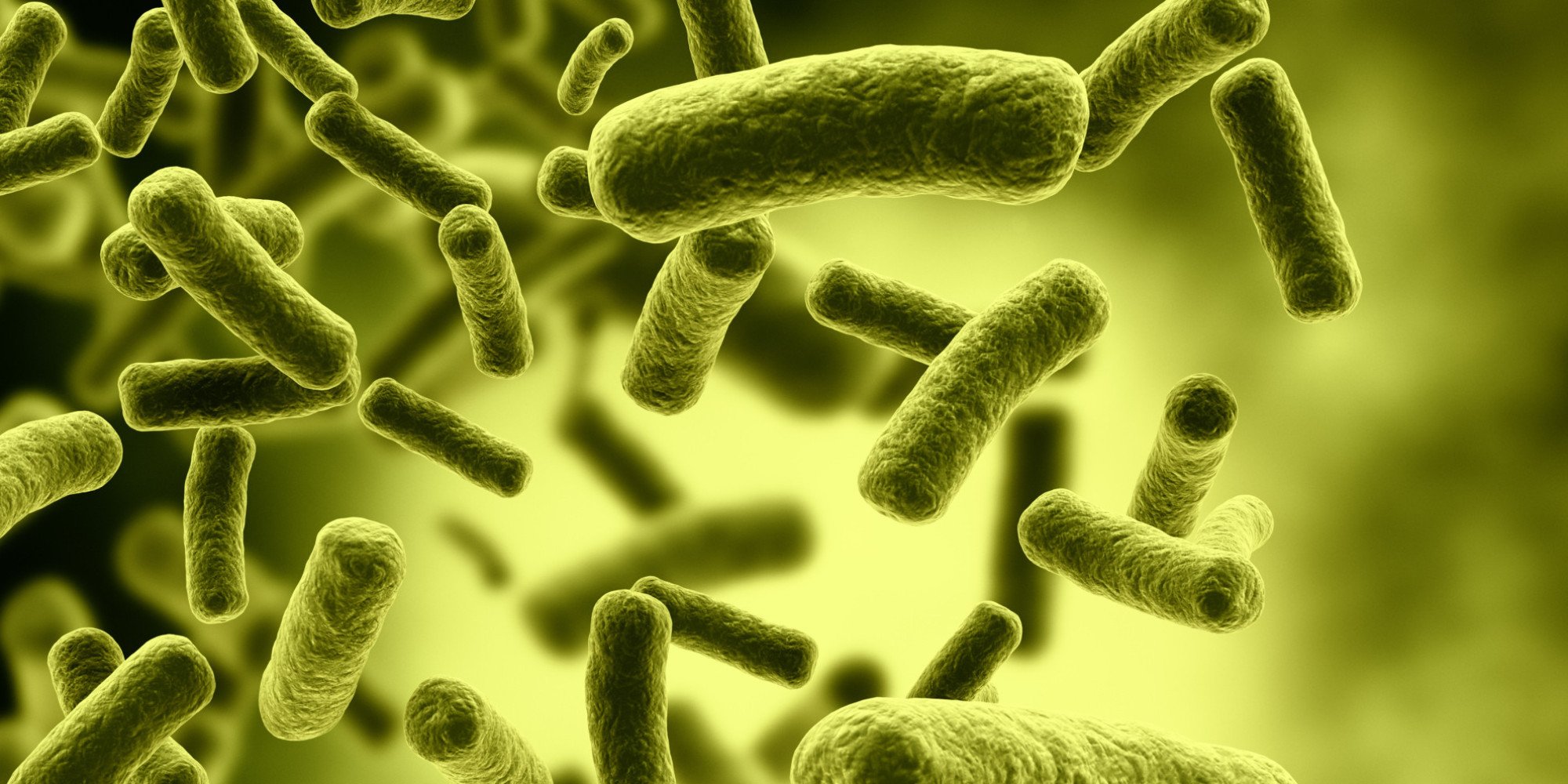
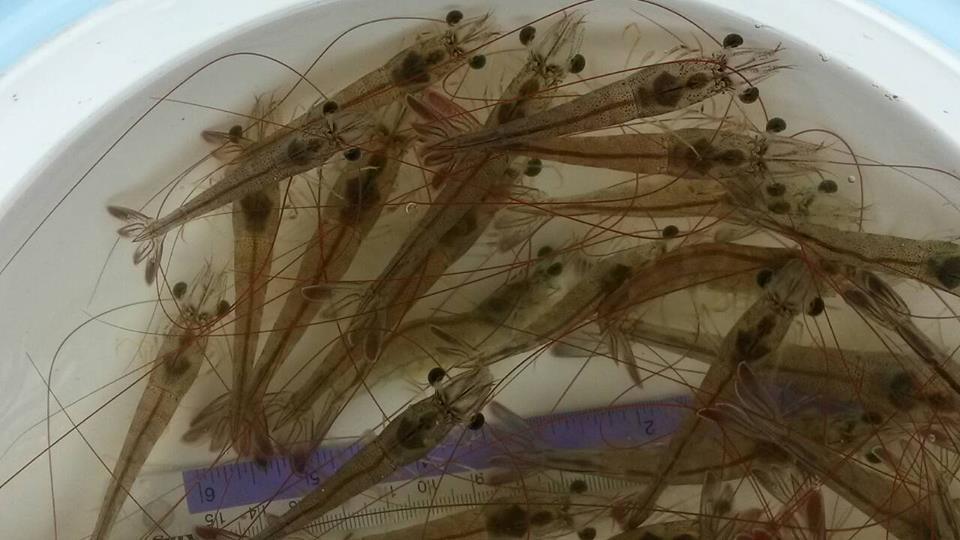
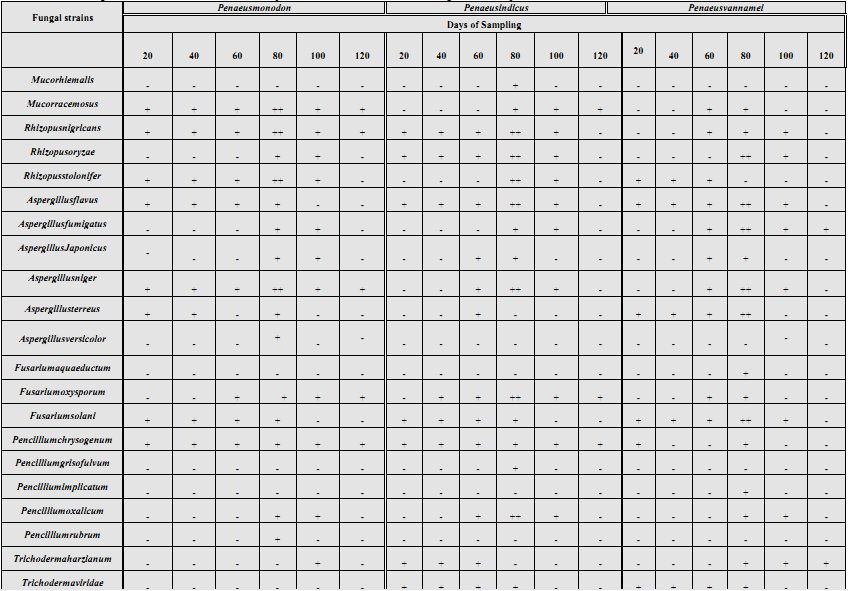
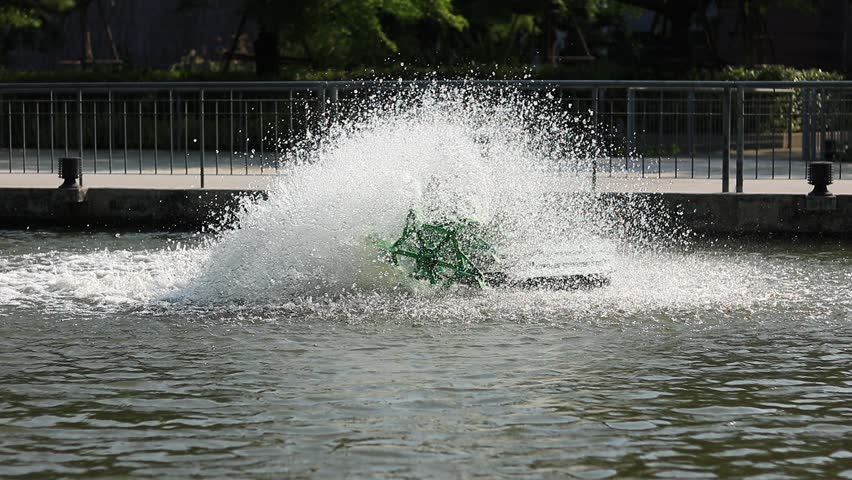
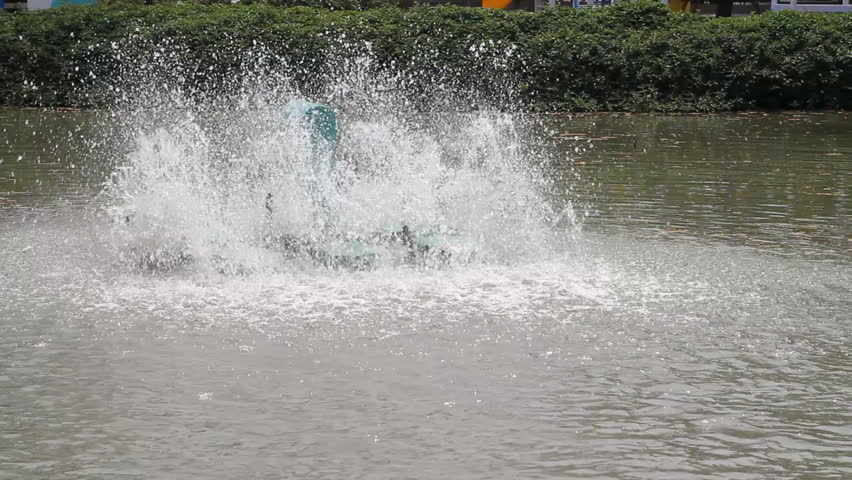
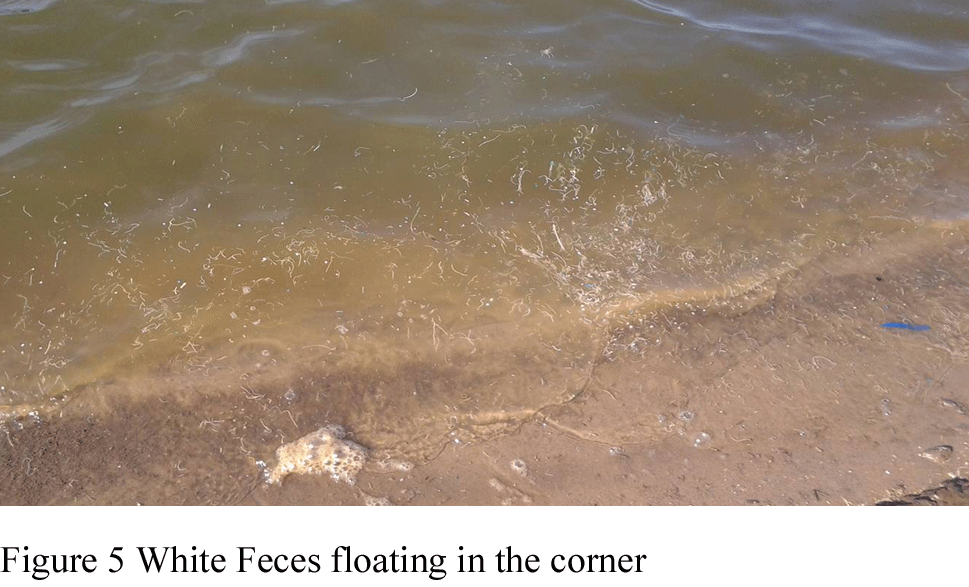


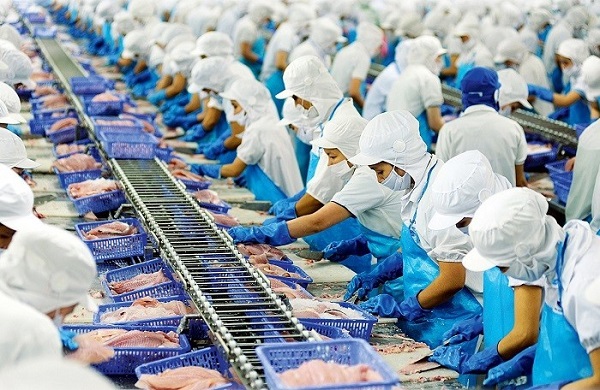

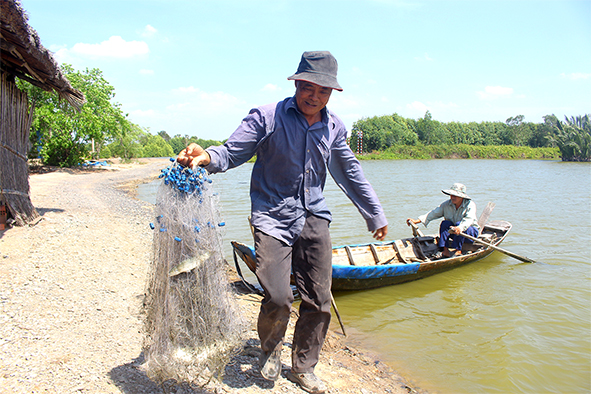
Bình luận bài viết